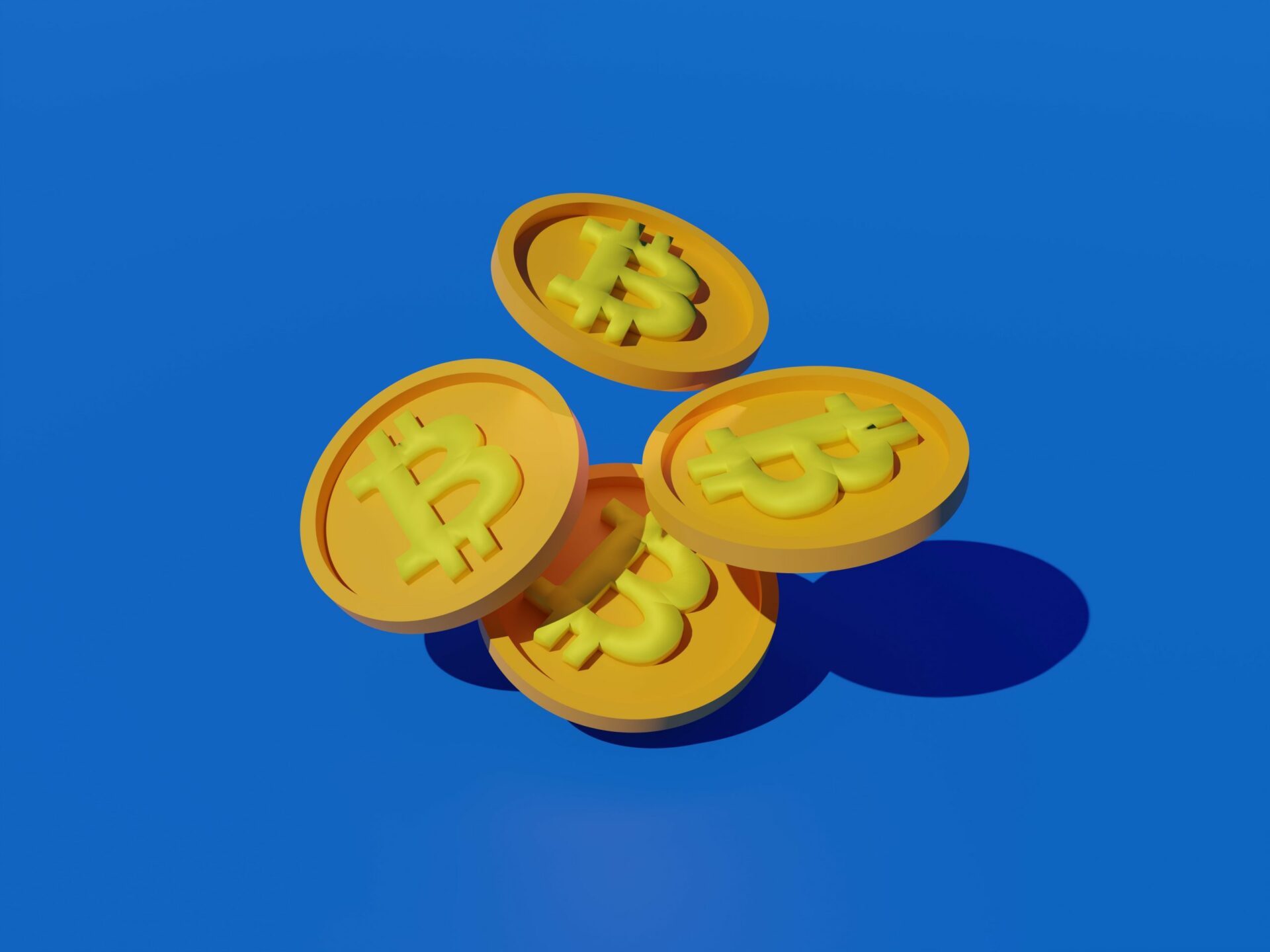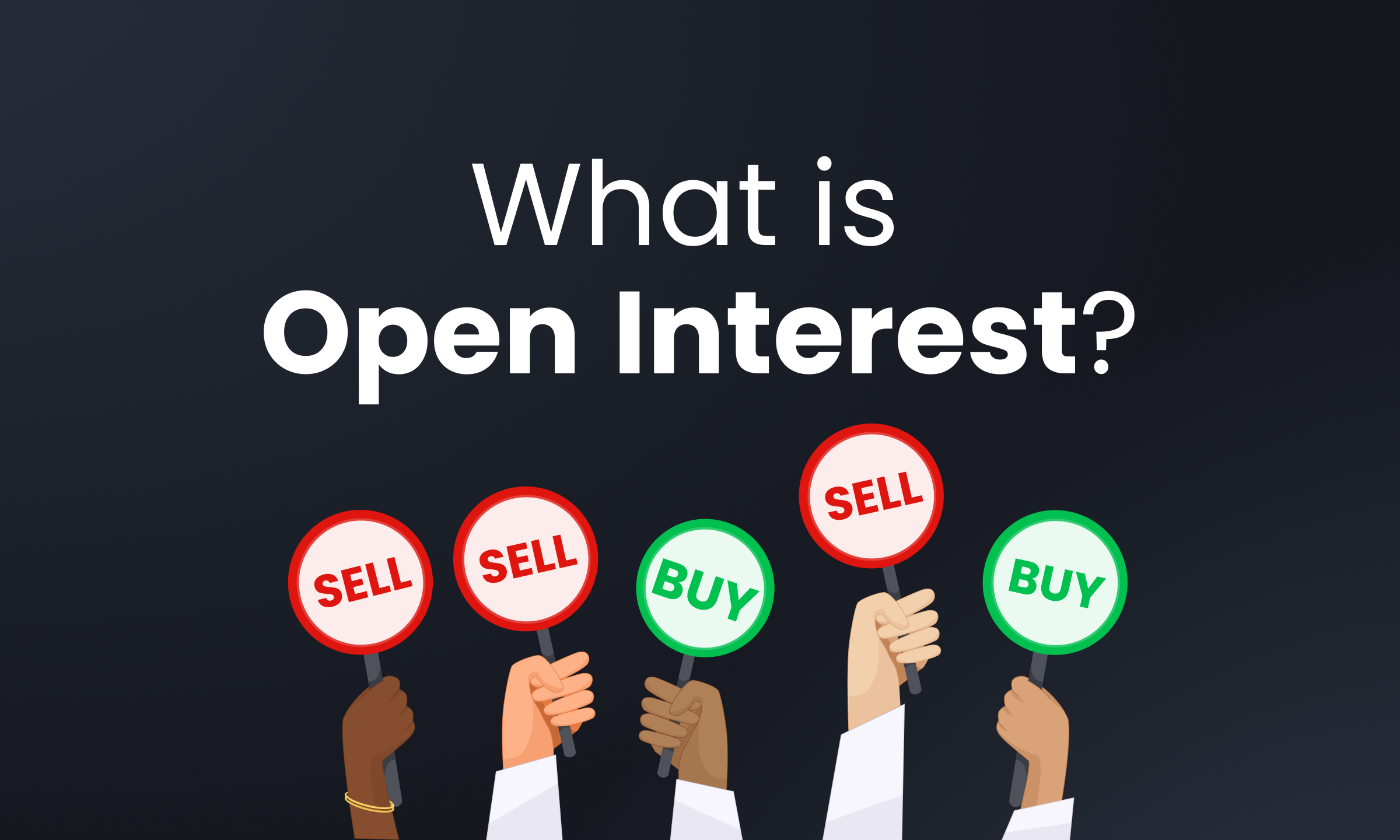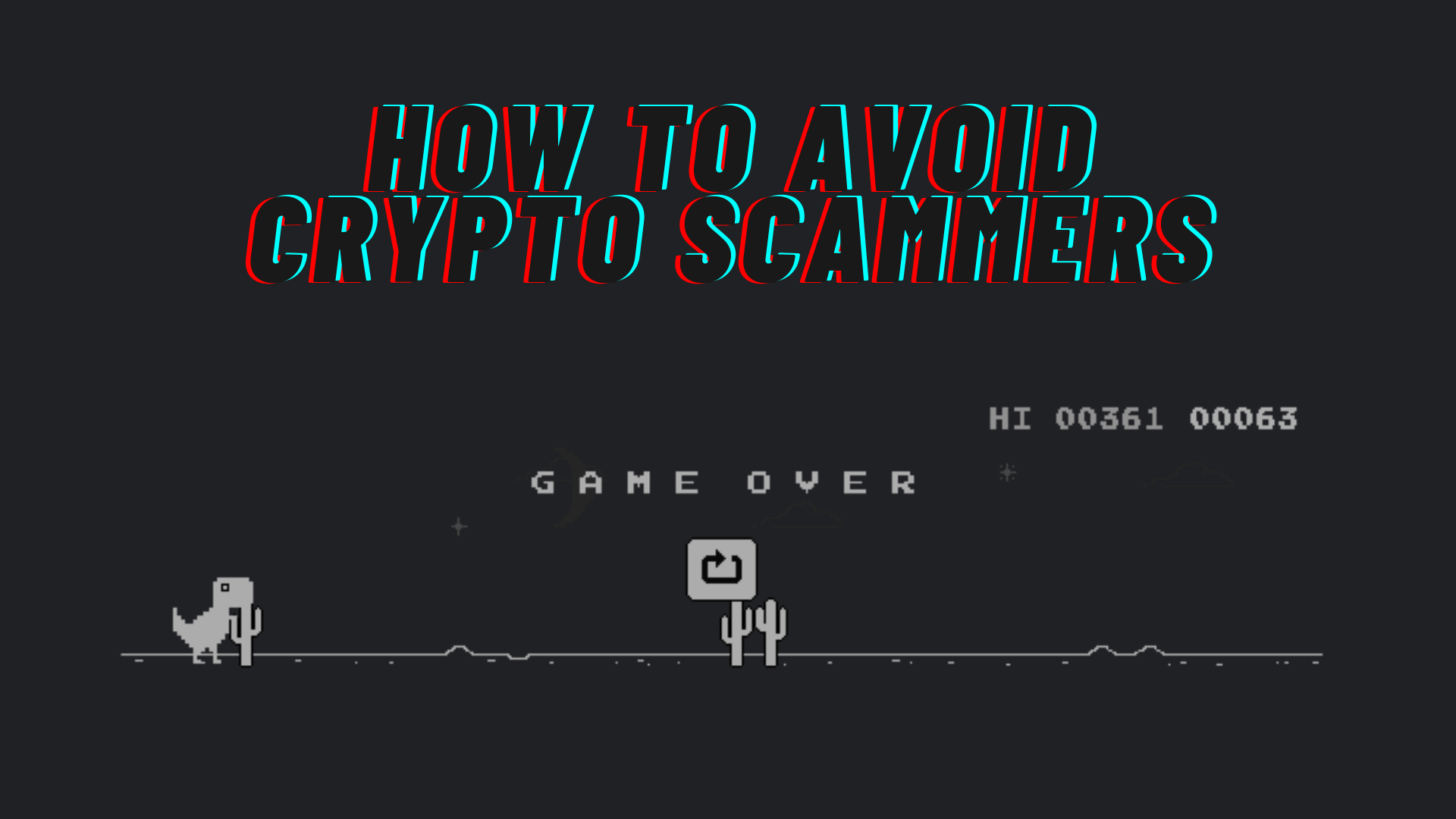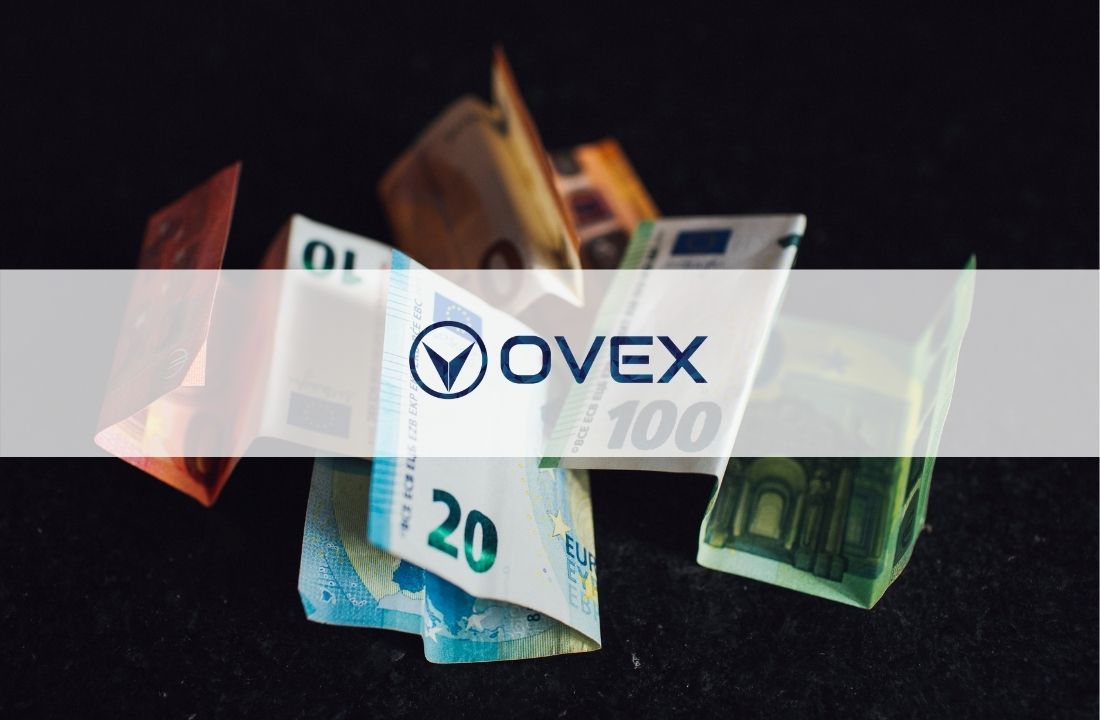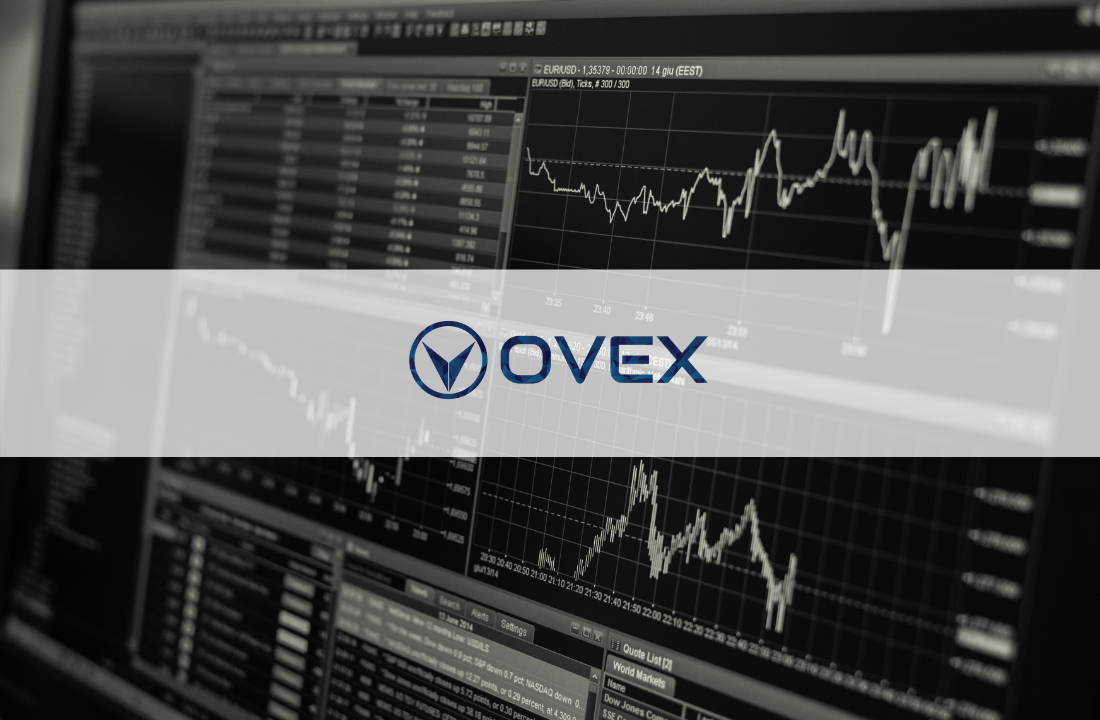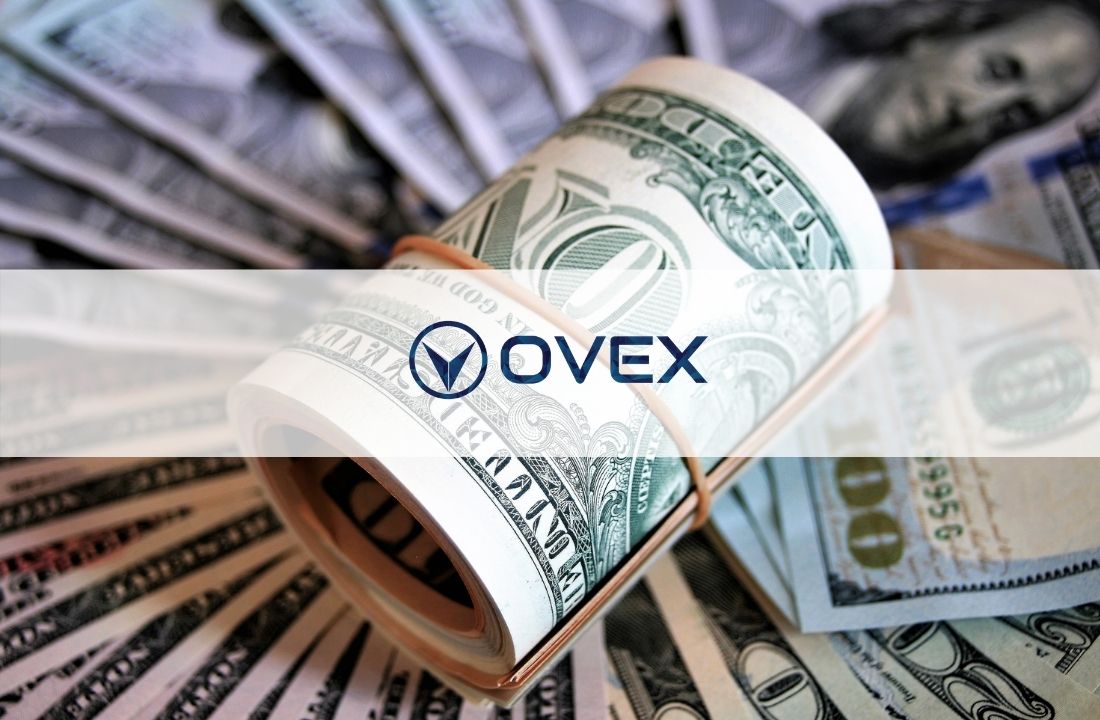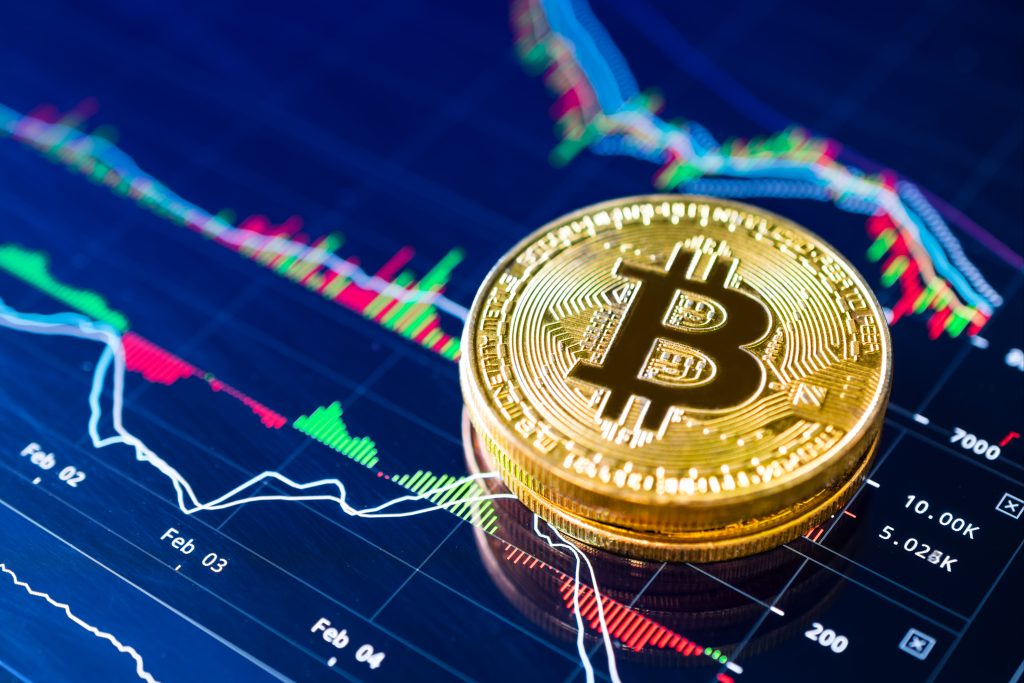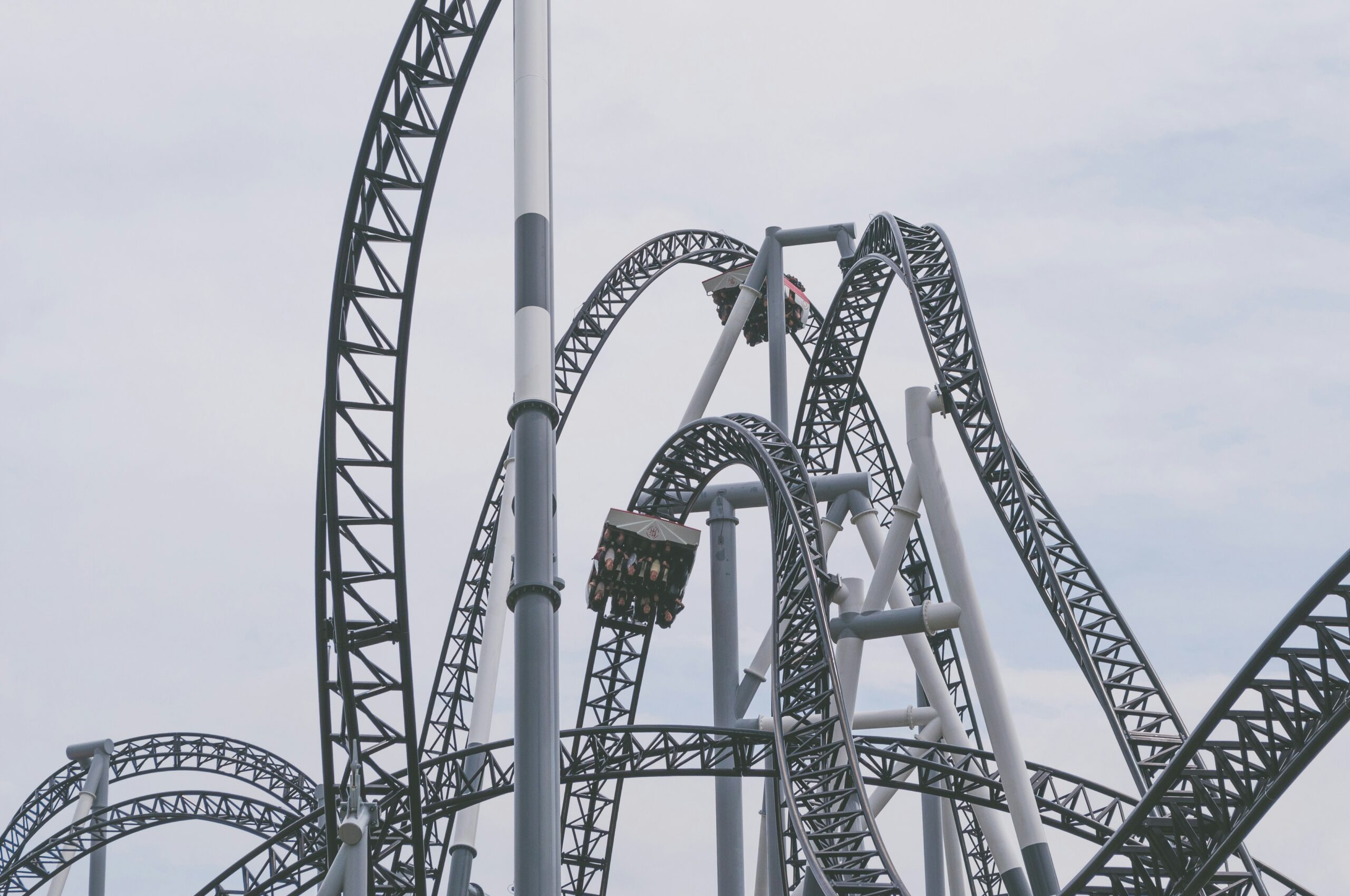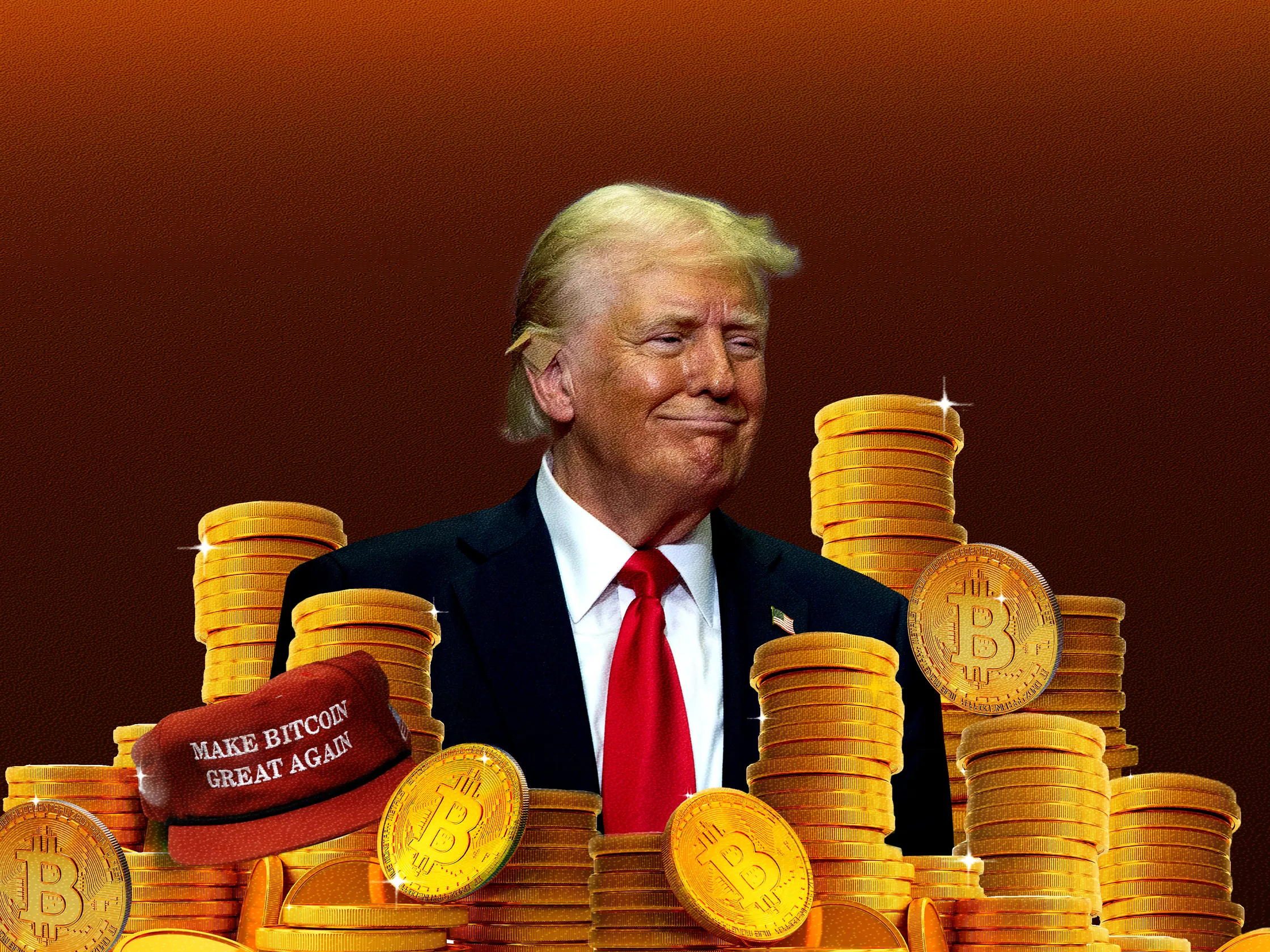It is no doubt daunting for crypto newbies when it comes to taking the trip down the crypto rabbit hole. There are a slew of acronyms, initialisms and abbreviations. It can all be a bit overwhelming. If you get caught up in it all – chances are #YNGMI. The key really is to keep things simple. In this article we take it back to the basics.
Here are the 6 key things to consider before investing in cryptocurrency:
1. The Exchange
The first step in your crypto journey is choosing the right exchange. To this avail there is most certainly no shortage of options.
It is important you DYOR (crypto speak for Do Your Own Research) and ensure your chosen exchange well aligns with your investing needs, has a sound reputation & proven track-record and most of all – is a secure custodian.
There has been no shortage of exchange hacks over the course of cryptos short lifespan. Take the notorious Bitfinex hack of 2016 that recently made headlines after married couple; Lichtenstein, 34, and his wife, Heather Morgan, 31 were caught by federal officials whom seized some $3.6 billion worth of stolen Bitcoin. The story so baffling that Netflix announced a new series about the New York-based couple and their link to laundering nearly 120,000 BTC tied to the crime.
Nowadays – successful crytpo exchanges boast extremely sophisticated security measures. At OVEX, for example, we use 100% cold storage. This means users funds are not available on the ‘cloud’ – instead they remain secure on offline hardware. Stealing from a cold wallet would require physical possession of the cold wallet itself, as well as knowledge of associated PINs or passwords used to access the funds locked inside.
It is crucial to also consider; liquidity, fees, history, markets, and user experience (UX):
Liquidity:
Liquidity impacts everything on an exchange from the bid-offer spread to trade execution. In simple terms; liquidity describes the extent to which an asset can be bought and sold quickly, and at stable prices. Like Nobel laureate economist Paul Krugman once said: “Liquidity for marketplaces is what fuel is for cars”.
OVEX helps solve liquidity woes for large volume traders. Trading venues struggling with low liquidity for a given asset will see a large portion of its order book eaten up by a single transaction. This means that the order will crawl higher up the order book and incur a higher average price (or a lower one for traders trying to sell). OVEX users have peace of mind knowing their orders will be filled immediately and at a single price (ZERO slippage).
Fees:
Most centralised exchanges wage something called maker and taker fees. The maker and taker model is a way to differentiate fees between trade orders that provide liquidity (maker orders) and take away liquidity (taker orders).
For example; if you place a buy order at the same price, or at a price above any pending sell orders – and it’s filled immediately – your buy order would be considered a taker order. If it’s filled, you’ll be charged a taker fee. This fee is generally higher than the maker fee (because you are taking liquidity away from the exchange). On the other hand; your buy order would be considered a maker order if it is not immediately filled against an order already on the book – i.e. it adds liquidity. When it is eventually filled you will be charged a maker fee. Be sure to investigate your chosen exchange’s fee structure. OVEX, for example, does not wage ANY maker/taker fees (ZERO fees).
History:
Does your chosen exchange have a proven track record and thriving community?
Markets:
How many trading pairs are available on your chosen exchange? You want a healthy selection if you are going to diversify your crypto portfolio. OVEX, for example, has over 60 different trading pairs to choose from.
UX:
How easy is it for you to buy and sell cryptocurrency on your chosen exchange? The magic 3 click rule applies here. If you cannot execute a buy/sell order in under 3 clicks – look elsewhere.
2. The Team
Now that you are ready to invest in the next big crypto project – it is important you ask yourself some of these questions before diving in.
The cryptocurrency should have an official website. Already a red flag if this is amiss. Here you will find key information around the project whitepaper & project team.
First read the project’s white paper and ascertain:
- What the project does? (& how it does this?)
- Why you need this project?
- Why the project needs blockchain?
- An idea of epic proportions championed by a a not-so-champion team is #NGMI (google it).
Significant team players include the project’s developers and investors.
Ask yourself:
- Do the developers have blockchain experience and how is this experience relevant to the project itself?
- Is the project backed by reputable investors with crypto credibility?
3. The Product
A trove of projects have garnered insane hype and have raised ridiculous amounts on a whitepaper alone. Many of these failed.
Make sure you investigate whether there is actually a live product on the blockchain. Is it possible to experience it – play with it, explore its features, observe the transactions on the blockchain? Ethereum, for example, supports the ERC-20 and ERC-721 tokens standards. Through Etherscan, users can find the top tokens for each standard, their contracts, trading volume, price changes, market cap and the number of holders.
To identify how many iterations the project has undergone – it is crucial you determine how active the repository on GitHub is. Here you will find all updates made to the open-source software.
4. The Community
If the project’s leadership and development team look good, it’s time to start looking at others’ opinions. Obviously, you’re entitled to your own perspective, but gauging the perspectives of others will bring to the fore project strengths and weaknesses you were yet to consider.
Projects with active communities is telling that project buy-in goes beyond the cryptos internal team. There are various platforms that crypto enthusiasts communicate through. These include Reddit, Discord and Telegram.
OVEX, for example, has a Telegram channel where our community members engage with one another on all things OVEX + crypto. Join in on the fun here.
5. Token Economics
Tokenomics refers to the science of the token economy behind a crypto project. It covers all aspects involving a coin’s creation, management and removal from a network.
Blockchain technology enables projects to create micro-economies. To become self-sustaining, they need to figure out how tokens should work within this economy.
Key metrics to investigate include:
Total supply: the number of tokens created minus the tokens which have been “burned”
Maximum supply: refers to the total amount of a token that will ever exist. For example, the maximum supply of Bitcoin is 21 million, whereas Ether has no maximum supply
Circulating supply: is important, because it influences the market capitalization of a token
Marketcap: number of tokens/circulating supply of the token * current price per token
Use Etherscan, BSCscan or any other block explorer to determine how tokens are allocated. Be wary of projects that have wallets that hold a significant % of the total supply. This increases the risk of whales dumping their coins on the market in an instant.
6. Approach to Investing
Traditional buy-and-hold investors are concerned with the long-term performance of a crypto project. Day traders, on the other hand, seek to take advantage of more immediate profit-making opportunities.
The markets will fluctuate from day to day, hour to hour and even minute to minute. But any crypto worth its weight in gold, or any investment of any kind worth anything really, is a long-term bet. If you want a dopamine hit, go for a run, watch an action movie, swim to Robben Island if need be. Leave the day-trading to the pros.
The best way invest and not obsess? Dollar cost averaging (DCA). Buy a set dollar (or rand) amount of whatever crypto you truly back and at regular intervals – then wait. If you have a long-term view, you’re not going to be pressured to panic sell out of your position based on short-term movements.
Today you can even earn a passive income on your cypto holdings. OVEX, for example, offers crypto Interest Accounts where you can generate yield on your idle crypto.
